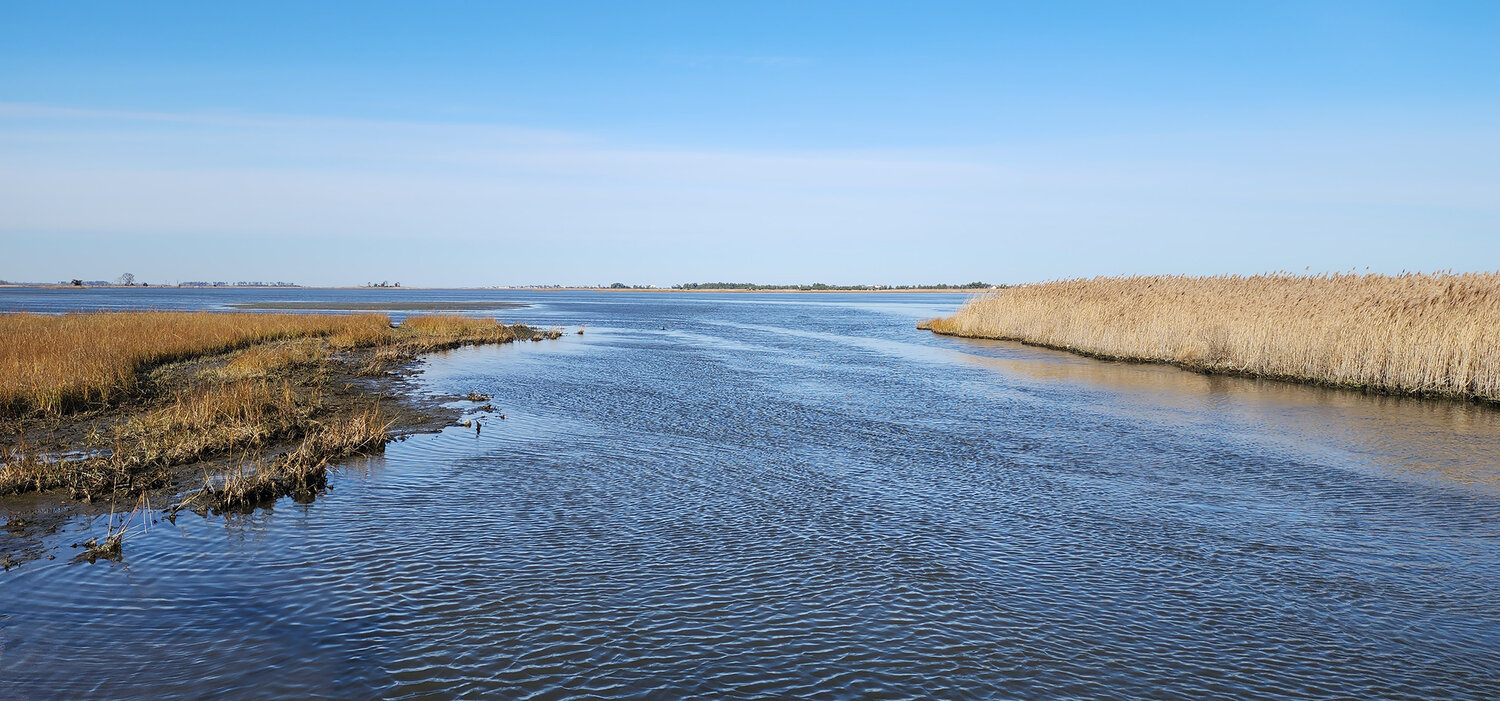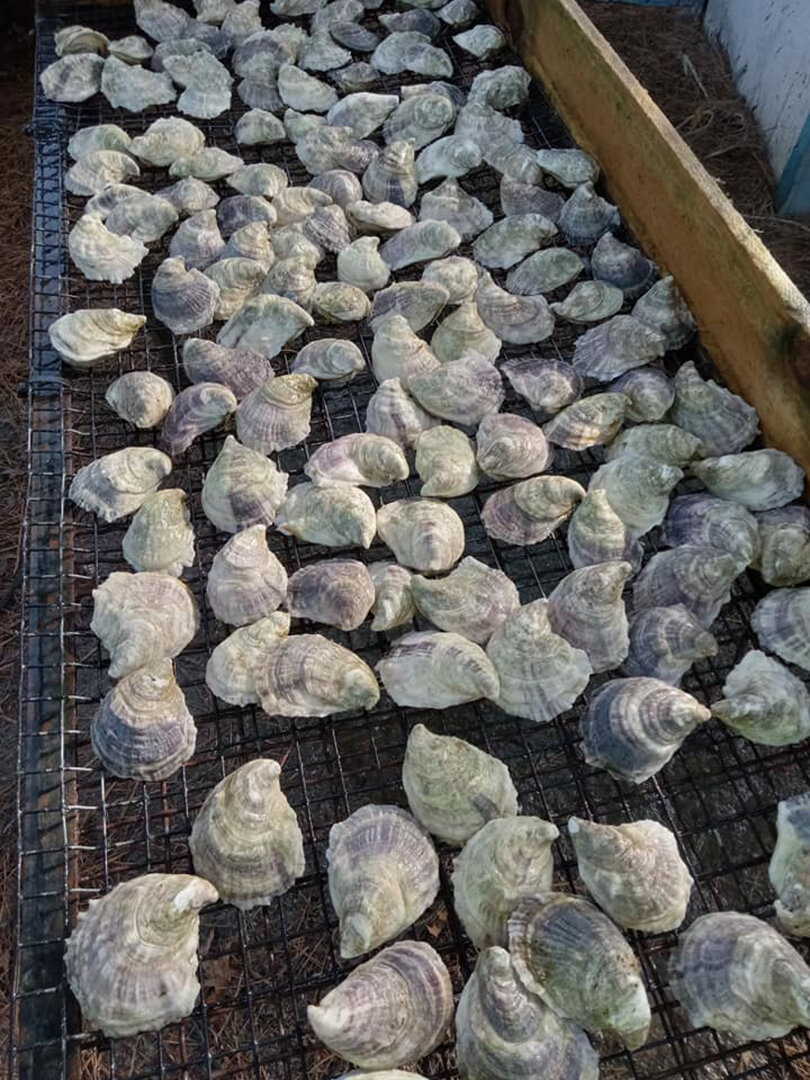Keep your catch-and-release fish in the water in the cold
It’s definitely winter because the red-tailed hawks and eagles have switched from squirrel to my yard dinosaurs. It’s always wild to see a chicken stand dead still to hide from a …

You must be a member to read this story.
Join our family of readers for as little as $5 per month and support local, unbiased journalism.
Already a member? Log in to continue. Otherwise, follow the link below to join.
Please log in to continue |
Keep your catch-and-release fish in the water in the cold
It’s definitely winter because the red-tailed hawks and eagles have switched from squirrel to my yard dinosaurs. It’s always wild to see a chicken stand dead still to hide from a predatory bird. Standing stock still in the middle of an open field is not hiding, but it’s a chicken. Everything I never wanted to know about people I learned from chickens. I highly recommend keeping some of these entertaining birds. The surrounding wildlife will thank you as well. Shrinking habitat also shrinks the food supply.
Fishing is right chilly on most days now. Mornings before work I have icy guides while fishing along the waterways trying to catch a few white perch for breakfast. Then it is off to work and fish in the dark again on the way home, in the same cold conditions minus all the frosty ice. The wind will stop any day now.
The outdoor shows are coming in 2024. Get ready for the Millville Outdoorsman Marketplace Jan. 6 at the Millville firehall. The Eastern Shore Outdoor Show is Feb. 9 and 10 at the Wicomico Civic Center.
If you are catching and releasing fish, keep the catch in the water to remove the hook when the air is below or near freezing. Skip the picture, too. Exposure to freezing air will damage the fish’s gills and could ultimately kill the fish. Did you ever freeze the inside of your nose and it gets a little crunchy and sharp? Well imagine that in your lungs for a little imagery.
Short striped bass action is slow but fun if you find a resident school or get them mixed in with your perch. There have been some decent sized keeper resident schooling fish around the inland bays. The migratory fish have been hit or miss near the beach and inlets. Mostly they are offshore mixed in with the tuna smacking around bunker for food. I’m sure a short bass gets eaten by a tuna on occasion. That would make sense of those stretch striped bass patterns. The general rule with fish is if it fits in their mouth, they are going to eat it. That generally works in aquariums, too. Unless the fish is, say, a six-foot chain link moray eel and you put a bunch of small damsels in the tank. The eel will not waste the energy to eat such small fish. Put a six-inch croaker in there and it won’t last the second it hits the water. Big bait, big fish. Small fish do not replenish the amount of energy expelled eating them and the big fish “know” that without “knowing” because it is programmed in their brains.
Offshore anglers are still hunting tuna. Some are trolling up tuna and getting a few striped bass bycatch. Some are trying ghost hunting — sneaking up on a school by trying to drift in close to casting range. If you get lucky, you can throw large pencil plugs to the school and then hope for a hook up. The hardest part after sneaking in is to get a bite. Usually the school disappears and ghosts the boat.
A lot of anglers are fishing the rails around the area inlets and getting short tuatog for the most part, with some keepers here and there, using green crabs and sand fleas for bait. Lead Pot Bait and Tackle has a variety of tautog jigs. That is a totally different way to fish for tautog than just using bait. Chris Kramer at Lead Pot makes the area’s best tautog jigs. They have a wide variety of products they make locally and carry in the shop outside of Dagsboro.
Following creel limits is important and, much like golf, it is on the angler or participant to be honest. When you catch 15 sea bass, you are full of your creel and should either be releasing fish or not fishing for them anymore, not keeping beyond your limit to help fill someone else’s limit. Many do this but technically it isn’t legal. Then again, DNREC would have to be able to prove it with a DNREC officer standing next to you.
It is EPA excise tax season for tackle and archery manufacturers. Those quarterly excise taxes are rough at the end of the year during the holidays. It’s funny but not funny, excise taxes are used to help pay out that federal matched money we get for our state fishing licenses (FIN number). That money in turn is supposed to be used for projects to improve and maintain our recreational fishing access. Money from state fishing licenses is matched by federal money from fishing gear excise taxes, paid by manufacturers who sell gear through shops. The cycle of that system is what helps maintains our fishery. Support your local bait shops. Some have to pay into this system as well for making their in-house gear.
It isn’t just the box stores killing mom and pop shops. It is the garage gear makers who sell on the side for a hobby to support their fishing. By not paying into the system, it takes away from the system that maintains our fishery. One might think sticking it to the man is cool. But in reality you are sticking it to an entire outdoors community, all of us. People have gone out of business over these issues.
The people who do get caught by the EPA excise tax man for not paying their excise get hammered with fines all the way back to when they started. The longer it was, the worse it gets. Then you get audited by the IRS because you also weren’t paying your income on it either. Because proof of income would be a red flag to proof of excise tax owed. There is also a decent reward for turning in these folks, too, a percentage-based reward. Just in case no one knew just how serious the EPA takes their excise taxes, they are not joking around at all. Just Google “Field Directive Federal Excise Tax on the Importation and Manufacture of Fishing and Archery Products.”
Section 4161(a)(1) imposes a 10 percent excise tax on the sale of any article of sport fishing equipment by the manufacturer, producer or importer. Section 4162(a)(5)(B) provides that the term “sport fishing equipment” means items of terminal tackle, including artificial lures.
It’s looking like a nice weekend for fishing and outdoor activities. We have been bait shop hopping the past few days checking out new gear from manufacturers. It is all fine and dandy to see it online, but it is much better to hold it in your hand. There are Christmas sales galore. Buy gift cards for anglers for bait purchases.
A lot of shops have been loaded up early with gear for next year by the distributors. It might be a good time to take advantage of that overstock and see what they have in the back room. Icehouse was holding a Salt Life apparel sale till it is all gone. Many shops dump gear at the end of the year in big sales because of taxes.











